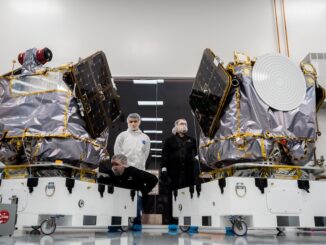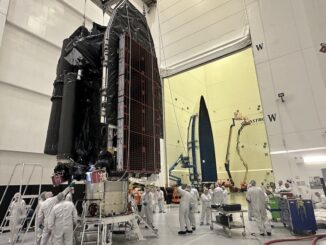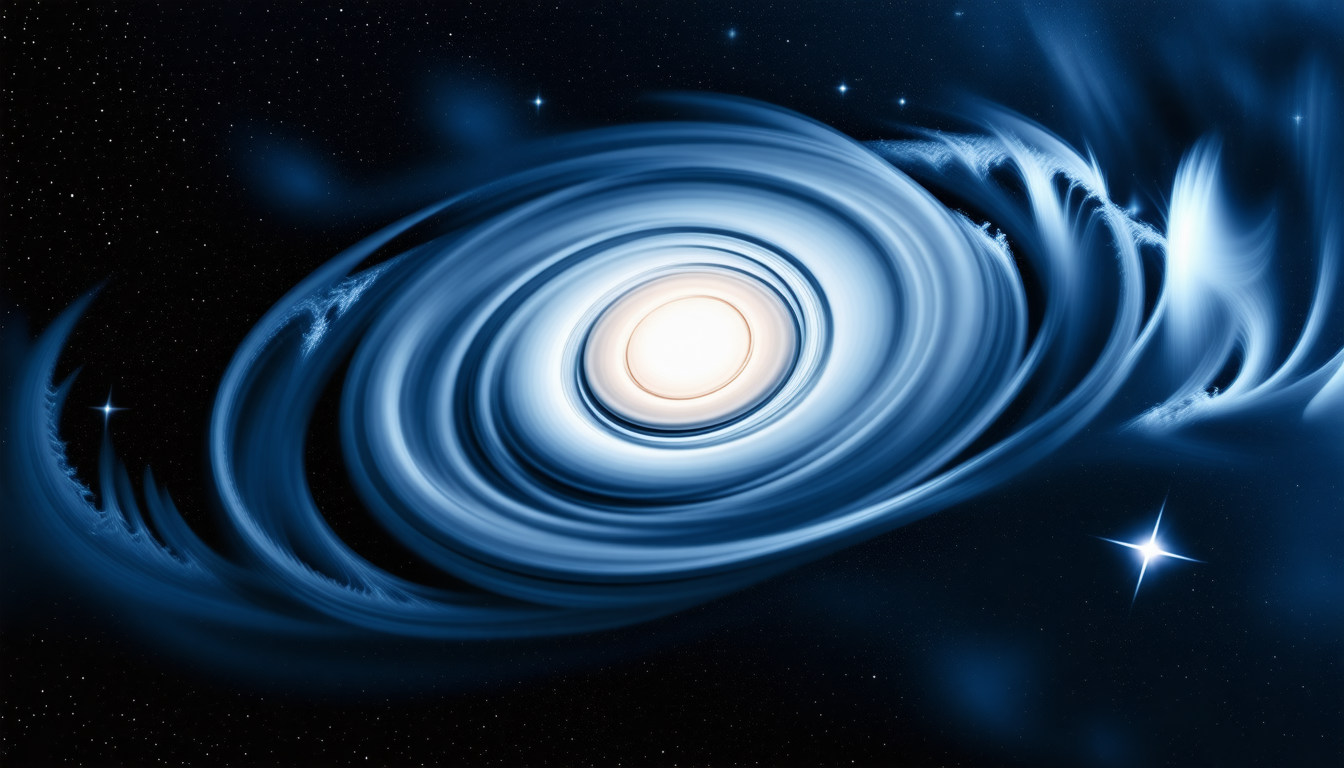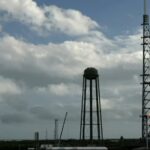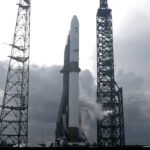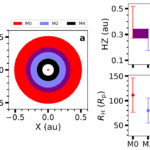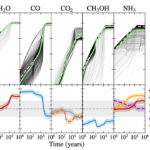Now Reading: SpaceX to launch second accelerated GPS 3 satellite mission in late May
-
01
SpaceX to launch second accelerated GPS 3 satellite mission in late May
SpaceX to launch second accelerated GPS 3 satellite mission in late May
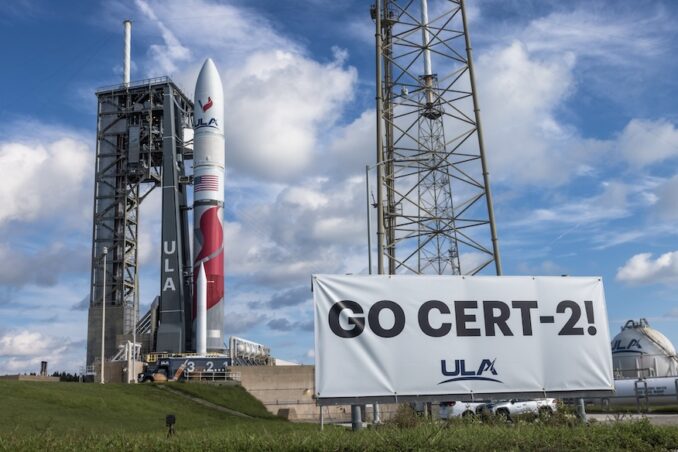
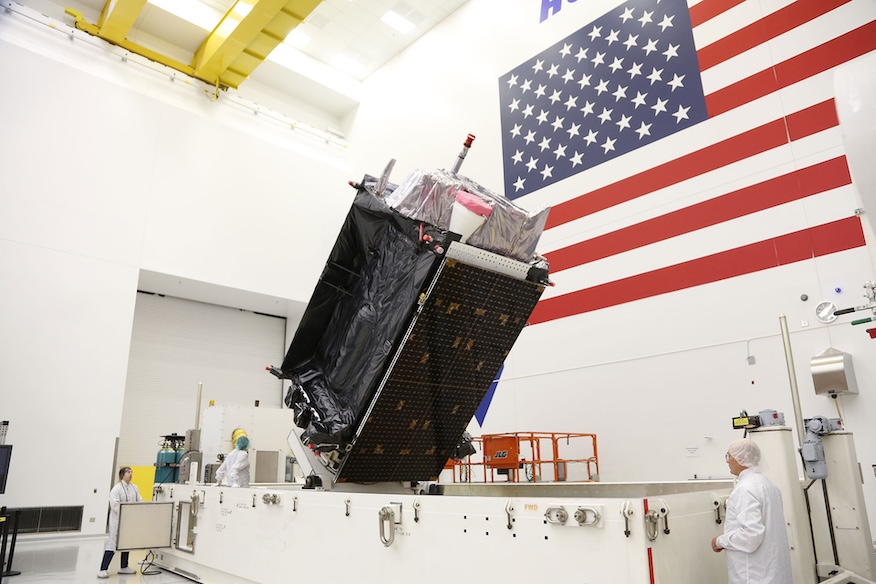
Following the successful accelerated launch of a Global Positioning System on a Falcon 9 rocket in mid-December, the U.S. Space Force, Lockheed Martin and SpaceX are preparing to launch another GPS 3 satellite on a fast tracked basis.
The satellite, dubbed GPS 3 Space Vehicle 08 (SV-08), is targeted for launch from Space Launch Complex 40 (SLC-40) at Cape Canaveral Space Force Station no earlier than late May.
“This mission represents an outstanding collaboration across multiple teams and agencies,” said U.S. Space Force Col. Andrew Menschner, MD 31 commander, in a statement. “It highlights our ability to rapidly deploy an additional M-Code-capable satellite and continues to push the boundaries of traditional launch timelines.”
M-Code stands for “Military Code” and is used to encrypt the signal, allowing government users of the data to know with assurance that they are communicating with the GPS satellite and not a spoof.
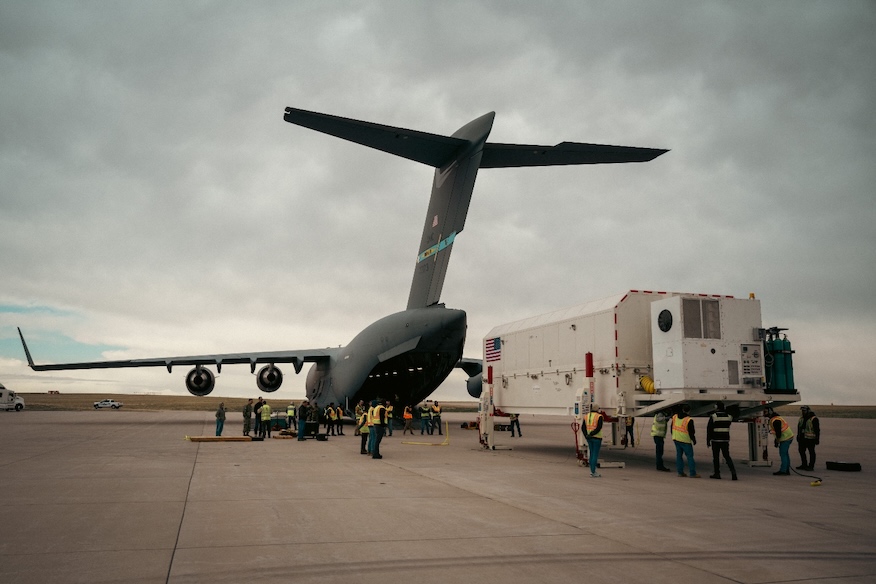
There are currently 31 GPS satellites on orbit, but the older ones are starting to show their age. During a media briefing on the sidelines of the Space Symposium in Colorado Springs, Colorado, Malik Musawwir, the vice president of Navigation Systems within Lockheed Martin’s National Security Space division, noted that about half of the satellites on orbit are past their designed operating lives.
He said the two oldest satellites are about double or triple their originally intended life cycles.
“Which means we’re really in a state of borrowed time on some of these vehicles, really increasing the demand to get some of these newer vehicles into the constellation to be able to support this critical mission,” Musawwir said. “GPS underpins every facet of what we do, so we can’t afford to have any downtime.”
Musawwir said heading into the launch of GPS 3 SV-07 last year, nicknamed “Sally Ride,” Lockheed Martin had four completed GPS 3 vehicles, which complete that series of satellite. They are working on the next generation, called GPS 3F, which will carry on the number system, beginning with GPS 3 Follow-On (GPS 3F) SV-11.
GPS 3 SV-08 now in Florida for processing ahead of its launch in late May.
“We’re down to two that we have in Waterton today with the plan to launch remaining two in the next year,” Musawwir said. “So, looking forward to an eventful 2025 of launch activity to really clear out the barn, so to speak.”
Lockheed Martin has GPS 3F SV-11, -12 and -13 well into the work flow. GPS 3 SV-13 is currently going through what Musawwir called “core mate.”
“You’re taking the equipment panels that contain all the major electronics for the bus and payload and mating that into the propulsion core, the propulsion system. Hence the name ‘core mate,’” he explained.
“Our assembly, test and launch operations team is now actively working on space vehicle integration and getting this into what we call ‘single line flow,’ which is where you go through final assembly, final test and into all the environments that you need to run the spacecraft through to ensure that it’s operating as expected.”
Musawwir said the GPS 3F satellites have about 60 times more anti-jamming capabilities as compared to the previous generation of GPS satellite. The first of these satellites is expected to launch in 2027.
Lockheed Martin is currently on contract to build GPS 3F satellites through SV-20, but they can expand that up to SV-32, upon request.
Second swap
The GPS 3 SV-08 satellite is nicknamed “Katherine Johnson,” after the mathematician who helped pioneer early human spaceflight with her calculations. The announcement of its launch onboard a SpaceX Falcon 9 rocket marks the second time that the U.S. Space Force’s Space Systems Command decided to shift the launch of a GPS satellite from a United Launch Alliance (ULA) Vulcan rocket to a Falcon 9.
Space Systems Command confirmed that the launch in December of GPS 3 SV-07 on a Falcon 9 didn’t mean that ULA would lose out on a future launch.

“This launch executes a launch vehicle trade of the GPS 3-7 mission from Vulcan to a Falcon 9 rocket, and swaps a later GPS 3F-1 mission from Falcon Heavy to Vulcan, showcasing our ability to launch in three months, compared to the typical 24 months,” said USSF Col. Jim Horne, senior materiel leader of Launch Execution for AATS in a statement. “It highlights another instance of the Space Force’s ability to complete high priority launches on a rapid timescale, which demonstrates the capability to respond to emergent constellation needs as rapidly as Space Vehicle readiness allows.”
During a media roundtable on Monday, ULA President and CEO Tory Bruno said it wasn’t necessarily unusual for the government to swap missions with launch providers.
“I think you will see, just as we’ve seen in the past, occasionally a mission is reassigned from us to them and from them to us,” Bruno said.
Bruno said as the main provider for launch services as part of the National Security Space Launch (NSSL) Phase 2 contract, they were assigned about 60 percent of the missions across the five order years of launch assignments. But he said ULA is very aware that sometimes things need to be shifted and that call is up to the U.S. Space Force.

He added, without going into classified detail, that there are unique aspects that apply to GPS 3 satellites that didn’t apply necessarily to their predecessors.
“They are different than the GPS 2 spacecraft. They are jam-resistant, they have military capabilities that are not present [in older versions],” Bruno said. “So, the government has a specific use in mind for them and they have that for all of their spacecraft. And sometimes that changes and they’ll either push back or pull one ahead.
“And then they’ll look at their contractors and what capabilities exist at the moment and what space is available on the manifest and they’ll make decisions. And they’ll move them around. They’re generally very transparent when they do that with us and they try really, really hard to be fair. We’re ok with that.”
Asked why the mission was moved from the Vulcan rocket to the Falcon 9, Bruno deferred to the Space Force on that. Spaceflight Now reached out to Space Systems Command for clarification on this and we’re waiting to hear back.
Stay Informed With the Latest & Most Important News
Previous Post
Next Post
-
 012024 in Review: Highlights from NASA in Silicon Valley
012024 in Review: Highlights from NASA in Silicon Valley -
 02Panasonic Leica Summilux DG 15mm f/1.7 ASPH review
02Panasonic Leica Summilux DG 15mm f/1.7 ASPH review -
 03How New NASA, India Earth Satellite NISAR Will See Earth
03How New NASA, India Earth Satellite NISAR Will See Earth -
 04And Thus Begins A New Year For Life On Earth
04And Thus Begins A New Year For Life On Earth -
 05Astronomy Activation Ambassadors: A New Era
05Astronomy Activation Ambassadors: A New Era -
06SpaceX launch surge helps set new global launch record in 2024
-
 07Space Force plans new ‘Futures Command’ amid pressure to speed up modernization
07Space Force plans new ‘Futures Command’ amid pressure to speed up modernization












